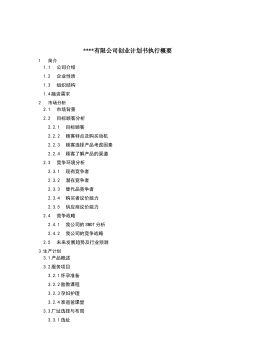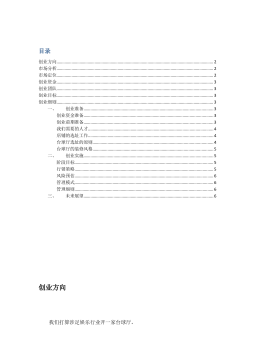西方国家主权债务风波下我国汇率形成机制研究—基于“三元悖论”视角
摘要继金融危机之后,西方主权债务危机的爆发使国际经济形势再次陷入了低迷,各国都或多或少地受到国际形势的影响。中国作为一个对外开放的大国也受到了越来越多的关注,特别是人民币汇率作为连接本外币的重要经济杠杆,近年来持续的升值压力也成为世界经济的热点之一。人民币汇率形成机制改革就是我们后面简称的“汇改”,就是要发挥并重视市场这只看不见的手的作用,根据经济的发展来选择适合经济的汇率制度,并强化汇率形成机制与其他制度的协调作用。这不仅仅是我国对外开放所一直奋斗想要达到的目标,更是汇改路上的里程碑。本文是从西方主权债务危机的时代背景和“三元悖论”理论的角度出发,研究我国汇率制度的形成与选择。西方国家主权债...
相关推荐
-
我国基层财政困难的制度成因分析与对策研究VIP免费
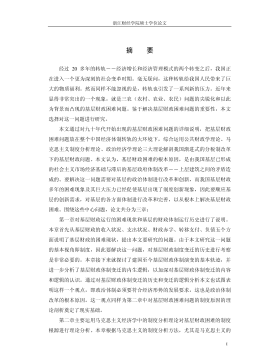
 2024-09-20 46
2024-09-20 46 -
我国煤电产业链纵向交易合约机制研究VIP免费
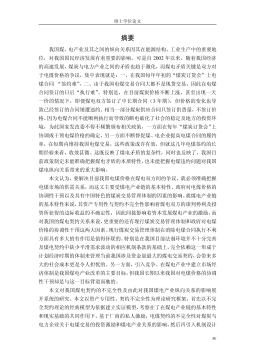
 2024-09-20 43
2024-09-20 43 -
生产要素视角下的上海市产业结构优化研究VIP免费
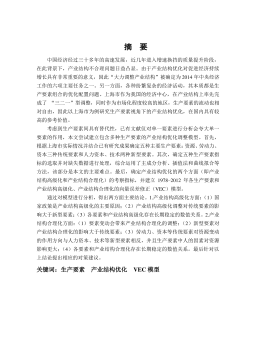
 2025-01-09 8
2025-01-09 8 -
我国银行业结构与经济结构关系研究VIP免费
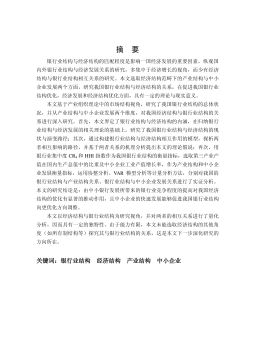
 2025-01-09 17
2025-01-09 17 -
大数据视角下农业供应链金融研究VIP免费
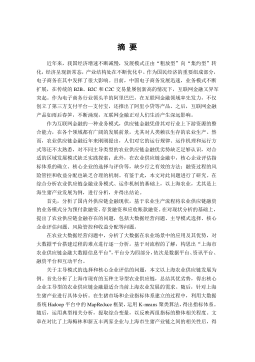
 2025-01-09 14
2025-01-09 14 -
跨国大型综合超市的规划研究VIP免费
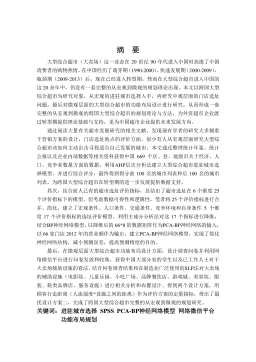
 2025-01-09 9
2025-01-09 9 -
跨境电商农产品质量安全问题研究VIP免费
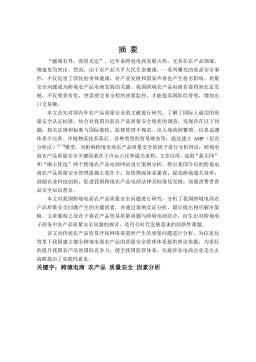
 2025-01-09 9
2025-01-09 9 -
世界市场的虚拟化与我国国际电子商务发展方向研究VIP免费
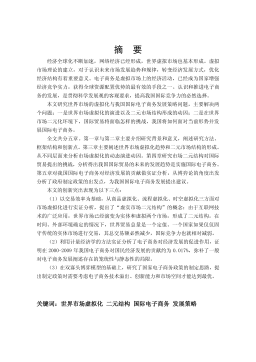
 2025-01-09 43
2025-01-09 43 -
中国政府对电力行业的价格规制问题研究VIP免费
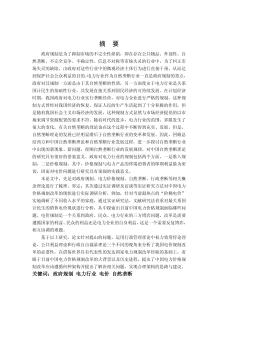
 2025-01-09 18
2025-01-09 18 -
中小企业信息化系统集成技术研究VIP免费
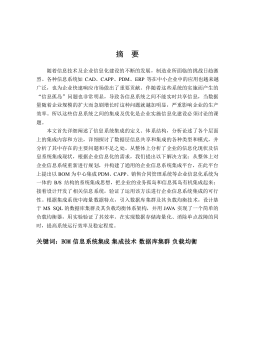
 2025-01-09 30
2025-01-09 30
相关内容
-

跨国大型综合超市的规划研究
分类:高等教育资料
时间:2025-01-09
标签:无
格式:PDF
价格:15 积分
-

跨境电商农产品质量安全问题研究
分类:高等教育资料
时间:2025-01-09
标签:无
格式:PDF
价格:15 积分
-

世界市场的虚拟化与我国国际电子商务发展方向研究
分类:高等教育资料
时间:2025-01-09
标签:无
格式:PDF
价格:15 积分
-

中国政府对电力行业的价格规制问题研究
分类:高等教育资料
时间:2025-01-09
标签:无
格式:PDF
价格:15 积分
-

中小企业信息化系统集成技术研究
分类:高等教育资料
时间:2025-01-09
标签:无
格式:PDF
价格:15 积分


